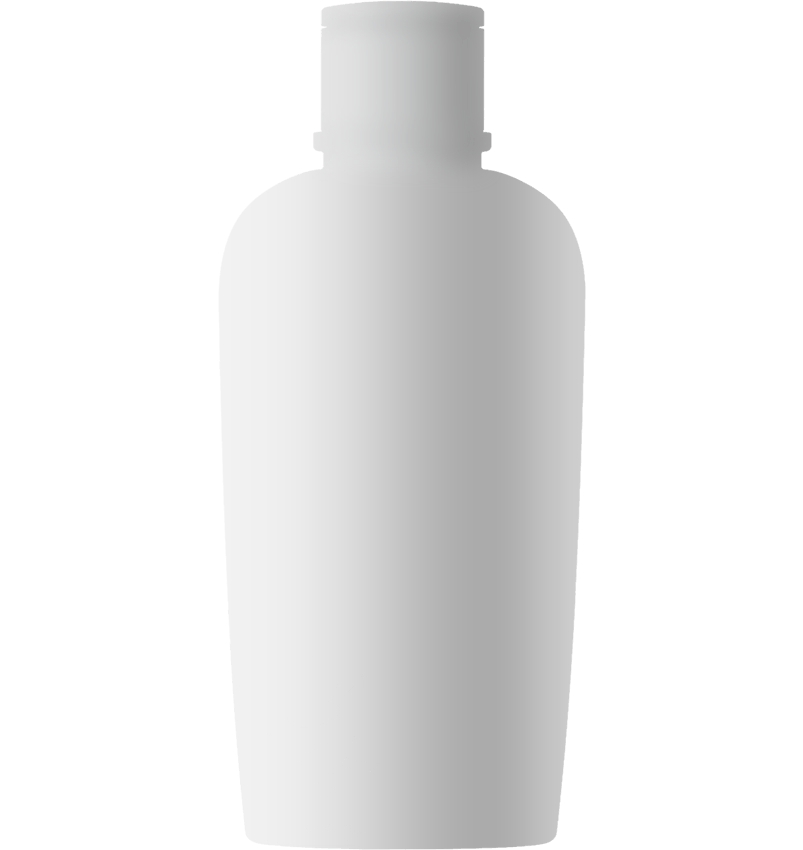Understanding Thigh Lift Surgery: A Leading Body Contouring Solution
Thigh lift surgery is a transformative body contouring procedure that addresses aesthetic and functional concerns related to the thighs. It is a popular choice for individuals seeking comprehensive body sculpting solutions. By eliminating sagging skin and tightening underlying tissues, thighplasty enhances body contours and restores confidence. This surgery aligns with the growing demand for post-weight loss body contouring procedures and advanced surgical techniques. With precise customization based on patient anatomy and goals, thigh lift surgery ensures optimal results and high patient satisfaction.
Comprehensive Thigh Lift Procedure Breakdown
Surgical Methodology:
Thigh lift surgery is typically performed under general anesthesia, combining surgical precision with patient comfort. It involves the removal of excess skin and fat, followed by reshaping and tightening for a firmer and more contoured appearance.




